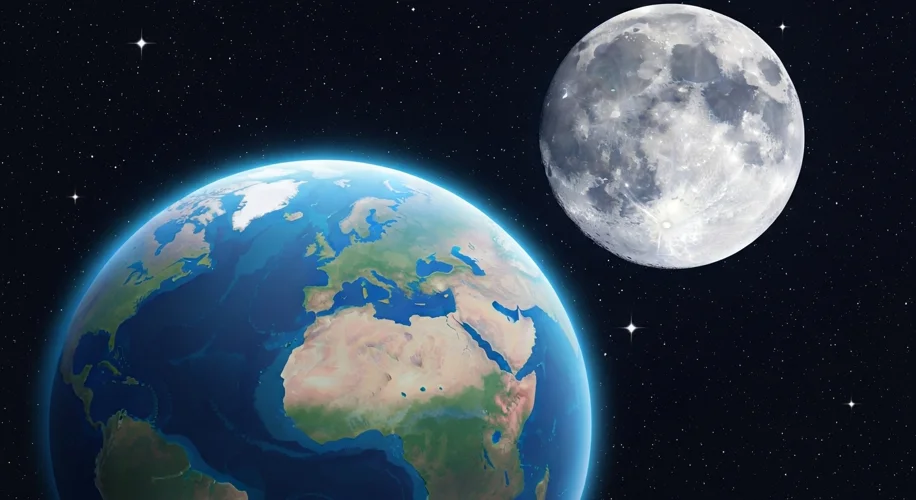Have you ever looked up at the night sky and felt a sense of wonder about our closest celestial neighbor? I know I have. The Moon, with its ever-changing phases and mysterious surface, has captivated humanity for millennia. And now, NASA is making it easier than ever for all of us to connect with it.
As of today, August 26, 2025, you can explore NASA’s Daily Moon Guide, an interactive map designed to bring the wonders of lunar observation right to your fingertips. Whether you’re a seasoned astronomer or just someone who enjoys a clear night sky, this tool offers something special.
What is the Daily Moon Guide?
Think of it as your personal lunar almanac. NASA has launched this interactive map to provide daily insights and tips for observing the Moon. It’s a fantastic resource for anyone curious about what’s happening up there, right now.
What Can You Discover?
This map is packed with useful information. You can:
- See the Moon’s Phase: Find out exactly where we are in the lunar cycle.
- Get Daily Observation Tips: Learn the best times and ways to view the Moon based on your location.
- Understand Lunar Events: Stay informed about any interesting phenomena, like meteor showers that might be visible from the Moon or specific features that are well-positioned for viewing.
- Explore Lunar Features: The map often highlights specific craters, mountains, or maria that are particularly visible on any given day.
Why Is This Important?
In my experience as a scientist, accessible tools like this are crucial for fostering a deeper understanding and appreciation of space. It democratizes celestial observation, turning a complex science into an engaging activity for everyone. It’s a wonderful way to bring scientific curiosity into our daily lives, encouraging us to look up and wonder.
For amateur astronomers, it’s a fantastic way to plan observations and maximize viewing opportunities. For families, it can be a gateway to sparking a lifelong interest in science and space exploration in children.
Getting Started
Accessing the Daily Moon Guide is straightforward. You can usually find it on NASA’s official website, often within their astronomy or science education sections. A quick search should lead you right to it. Once you’re there, just explore!
So, tonight, as you step outside, remember that you have a powerful, interactive tool to help you appreciate the Moon in a whole new way. It’s a reminder of the incredible universe we’re a part of, and the continuous effort NASA makes to share that knowledge with us all. Happy moonwatching!

